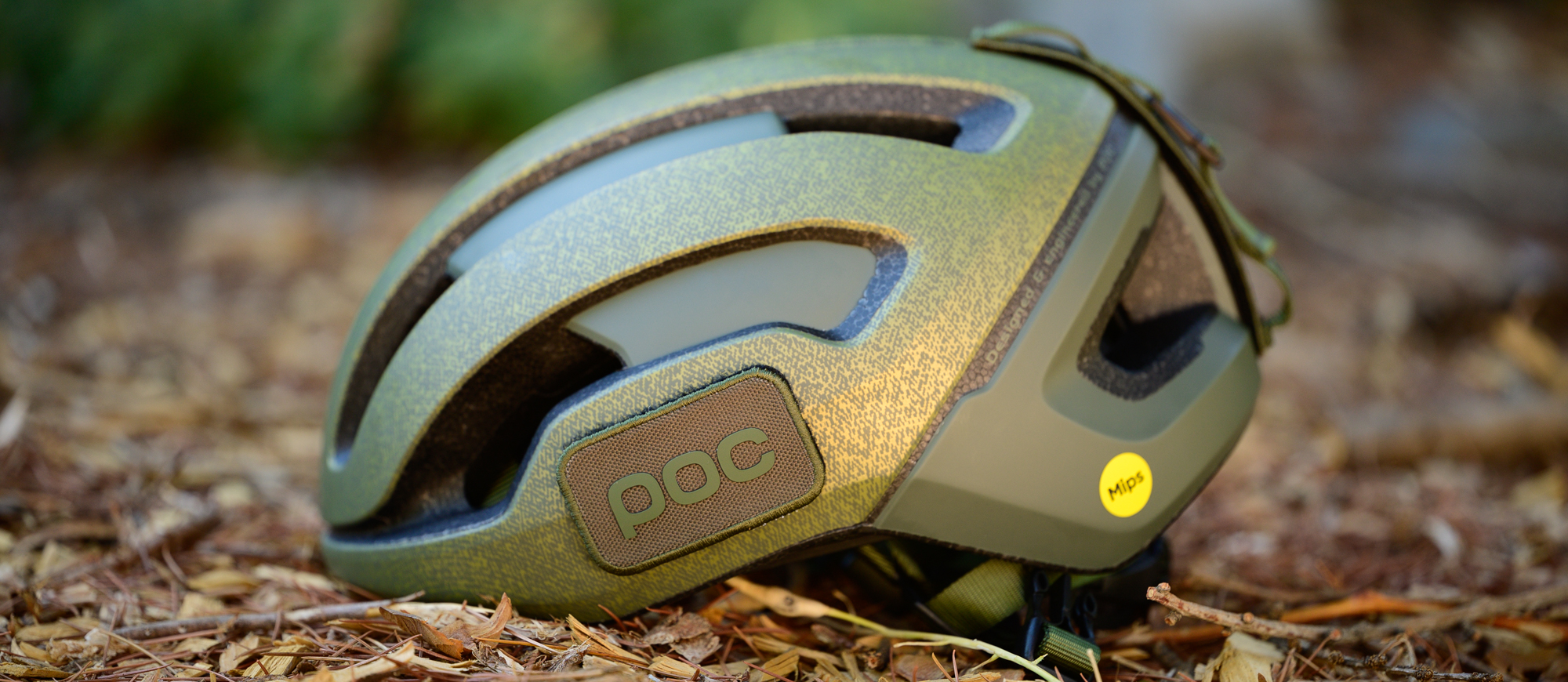Cyclingnews Verdict
The POC Omne Ultra MIPS takes a helmet that's already common to see on the trails and adds a bit of fun gravel flair and fashion. It's likely to be strictly fashion for most people but the additional cost, and weight, is low and it does make it easier to add a rear helmet light. There's a Recco reflector too but hopefully you never have to see if that's important.
Pros
- +
Style to match gravel cycling
- +
Multiple external attachment points
- +
Reasonable pricing
- +
RECCO Reflector
Cons
- -
Lacks Virginia Tech Testing
- -
Heavy
You can trust Cyclingnews
I've been writing about a lot of helmets recently. Because of that, I've also been spending a lot of time researching the history of the best road bike helmets. What I found is that although there was an understanding that helmets helped riders during a crash, fashion was also an equal partner in spurring widespread usage. One of the watershed moments came when brands began being able to put sponsor logos and colours on the outside of a road cycling helmet. The trend continued as adoption by consumers picked up speed and today it continues to be a big part of why you might decide to choose one helmet instead of another.
Price: £180 / $200 / €200
Available colours: Himalayan Salt Matt, Uranium Black Matt, Argentite Silver Matt, and Epidote Green Matt
Rotational Impact technology: MIPS Integra
Weight: 334g as measured in size M
Not only do you want your helmet to look good but it has to match the type of cycling you are doing. Countless times I've had people email me looking for a new helmet because the riding they are doing has changed and all of a sudden the helmet they used in the past doesn't feel quite right. Often they can't put a finger on quite why but when you get into the details, that's what it comes down to.
When it comes to gravel cycling, that equation isn't any different. There's always been a bit of a counter culture rejection of cycling fashion from gravel cycling, but that's a fashion statement too. Somewhere along the line, perhaps because of the connection between EF Education–EasyPost and the team's alternative schedule, POC managed to ingrain itself within the culture of gravel cycling. The POC Omne Ultra MIPS is a gravel cycling helmet and it's also an extension of that history.
For all the talk of fashion though, a helmet has to be a good helmet first. I've spent time riding with the POC Omne Ultra MIPS since early this year and now I'm ready to talk about the details. If you are considering a new cycling helmet for gravel or, perhaps, commuting duties, keep reading to see if the POC Omne Ultra MIPS works for you.
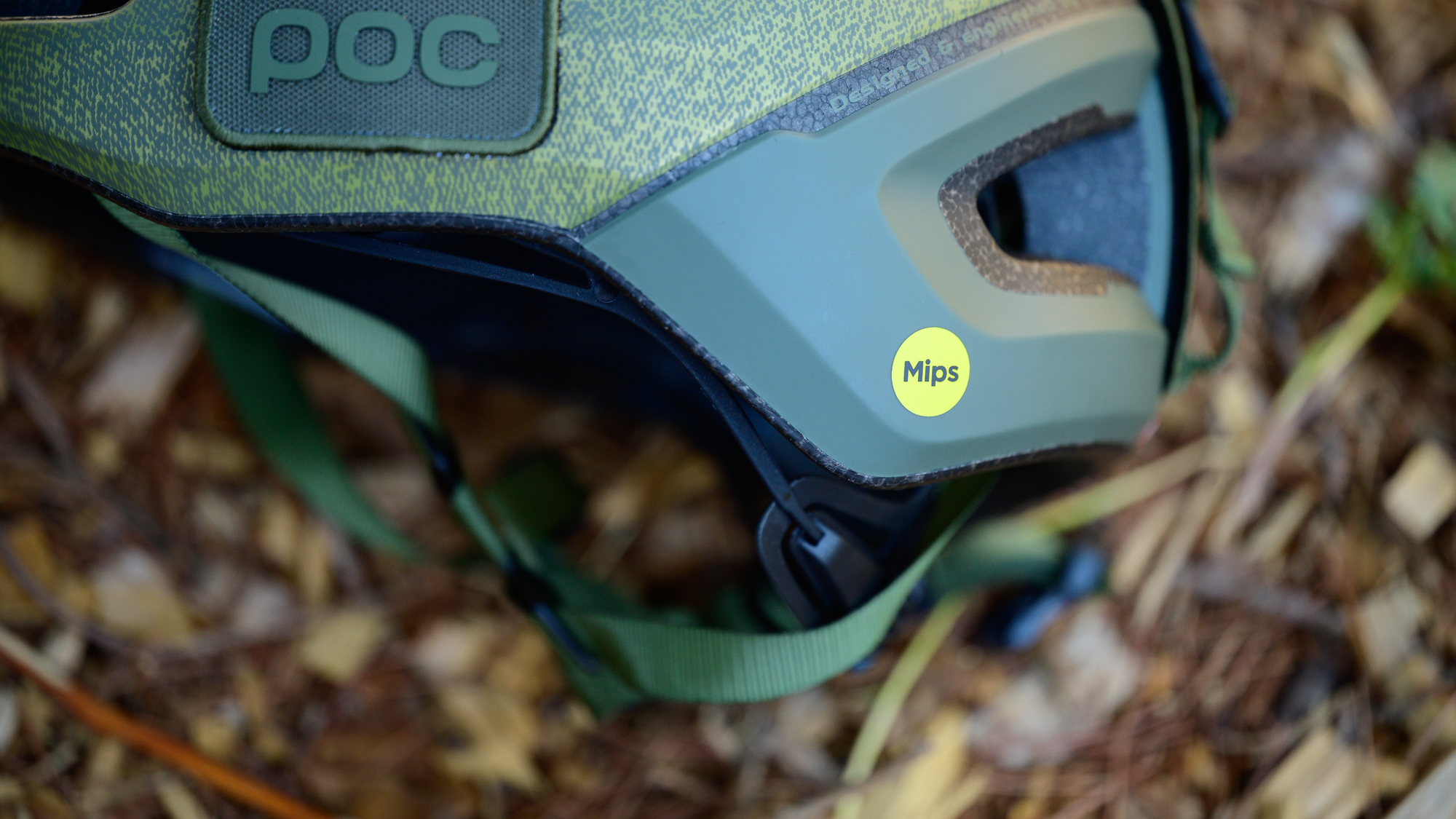
Design and aesthetics
For all the talk about style and fashion, the POC Omne Ultra MIPS is really just a slight variation of other POC helmets. POC starts a number of helmets from a solid base called the Omne family then adds small details for a specific niche. If you want to understand the design and features of the helmet you need to start with the POC Omne Air MIPS. That helmet, and every variation of it, is a full wrap polycarbonate shell in-moulded over an EPS foam liner.
On the inside, you will find a MIPS Integra system. In the past POC had a system developed without MIPS that went by the name of SPIN or Shearing Pads INside. That system was basically a series of gel filled dots that allowed for rotational movement in a crash. MIPS Integra takes the same idea of using gel but moves it to the inside of the front section of padding, as well as a low friction coating under the Velcro-attached pads. You can't feel any of it while riding but it allows the helmet to rotate separate from your head in a crash and that's the idea.
The other thing you'll find inside all of the POC Omne family helmets is the 'Adjustable 360-degree fit' system. With most helmets, the rear cradle connects centrally in the rear of the helmet plus one spot on either side of the helmet just ahead of the ears. For this system, POC still attaches the cradle centrally to the rear. In this case it's adjustable and it attaches a bit farther forward compared to other helmets plus it uses two small points instead of one larger central mount. Those details aren't that important though, the 360 part is that it never attaches to those spots ahead of the ears.
Instead of just ahead of the ears, the POC 360 system attaches to four points at the front of the helmet. Running along both sides of the helmet you will find a long connection between the rear cradle and the front. When you combine that with the rear attachments being so far forward, it causes the whole rear section of the cradle to float free of the helmet and envelope your head. Tighten up the rear dial and it tightens all the way around your head. It also means that POC helmets using it do a good job staying out of the way of the arms of your sunglasses.
As you move to the outside design, that is where you will see the Omne Ultra specific design show up. There are four specific colour options called Himalayan Salt Matt, Uranium Black Matt, Argentite Silver Matt, and Epidote Green Matt. Each one is an earthy colour that uses a two tone design with a lighter main part that has a printed texture and a darker offset colour.
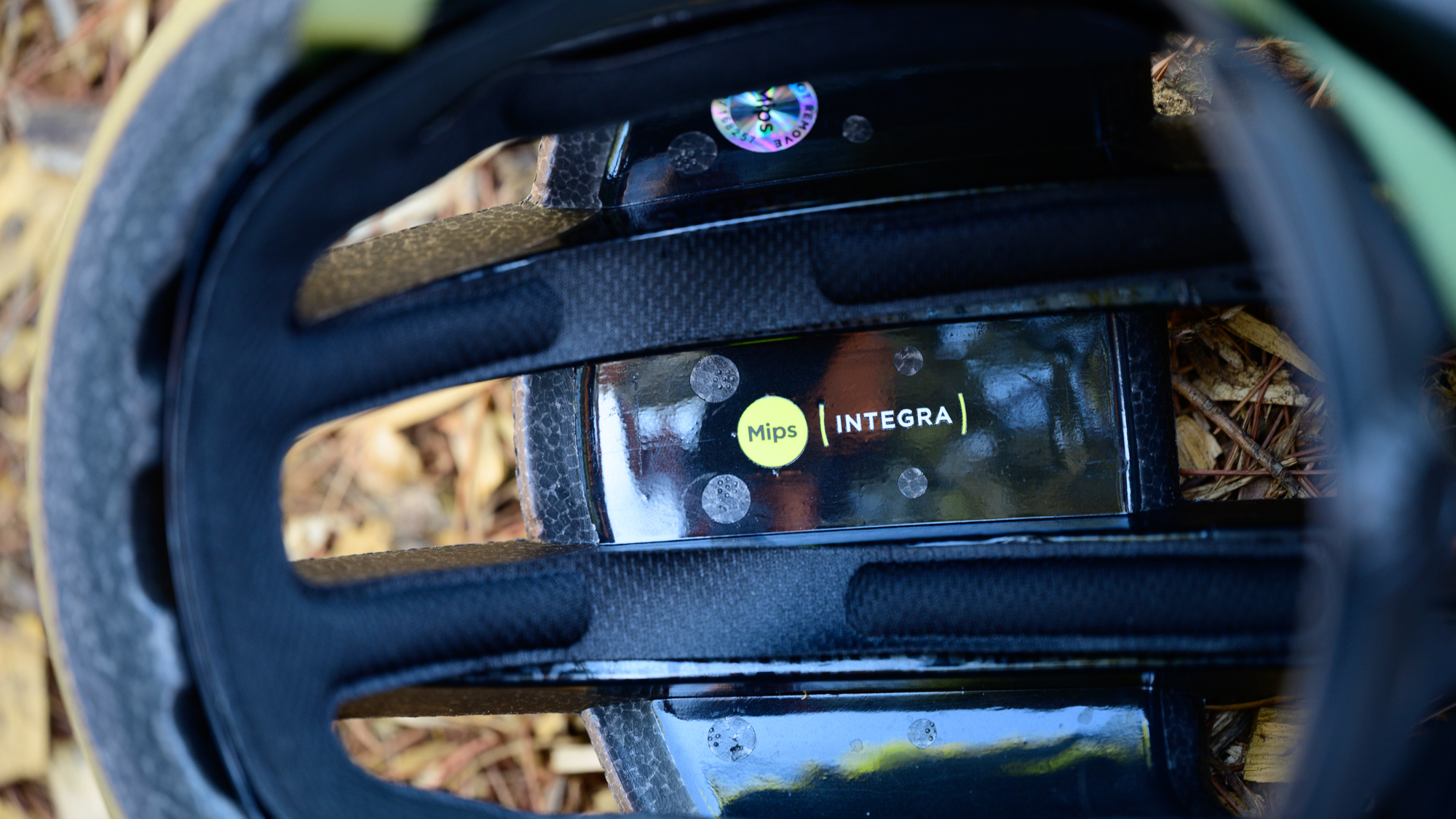
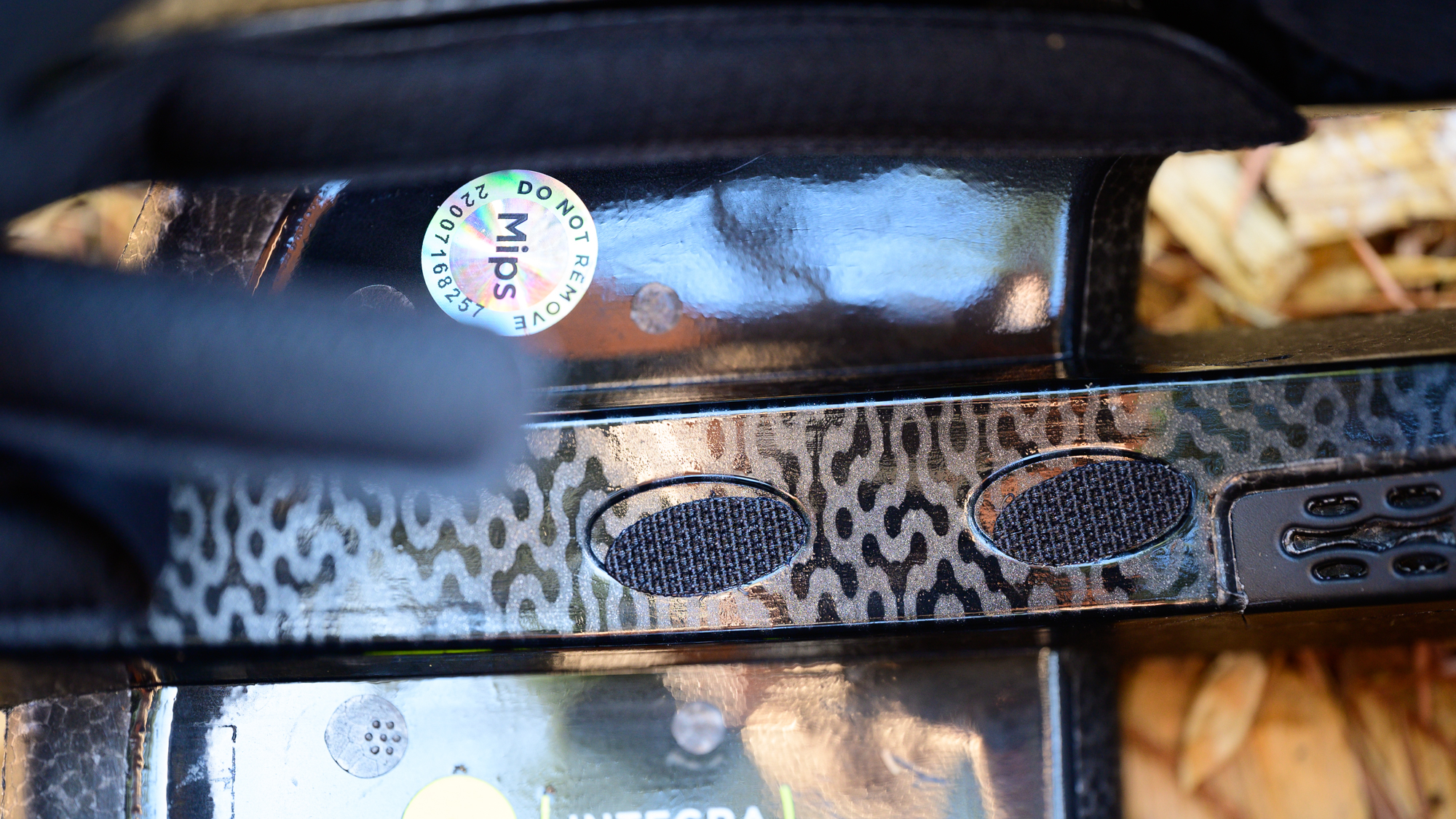
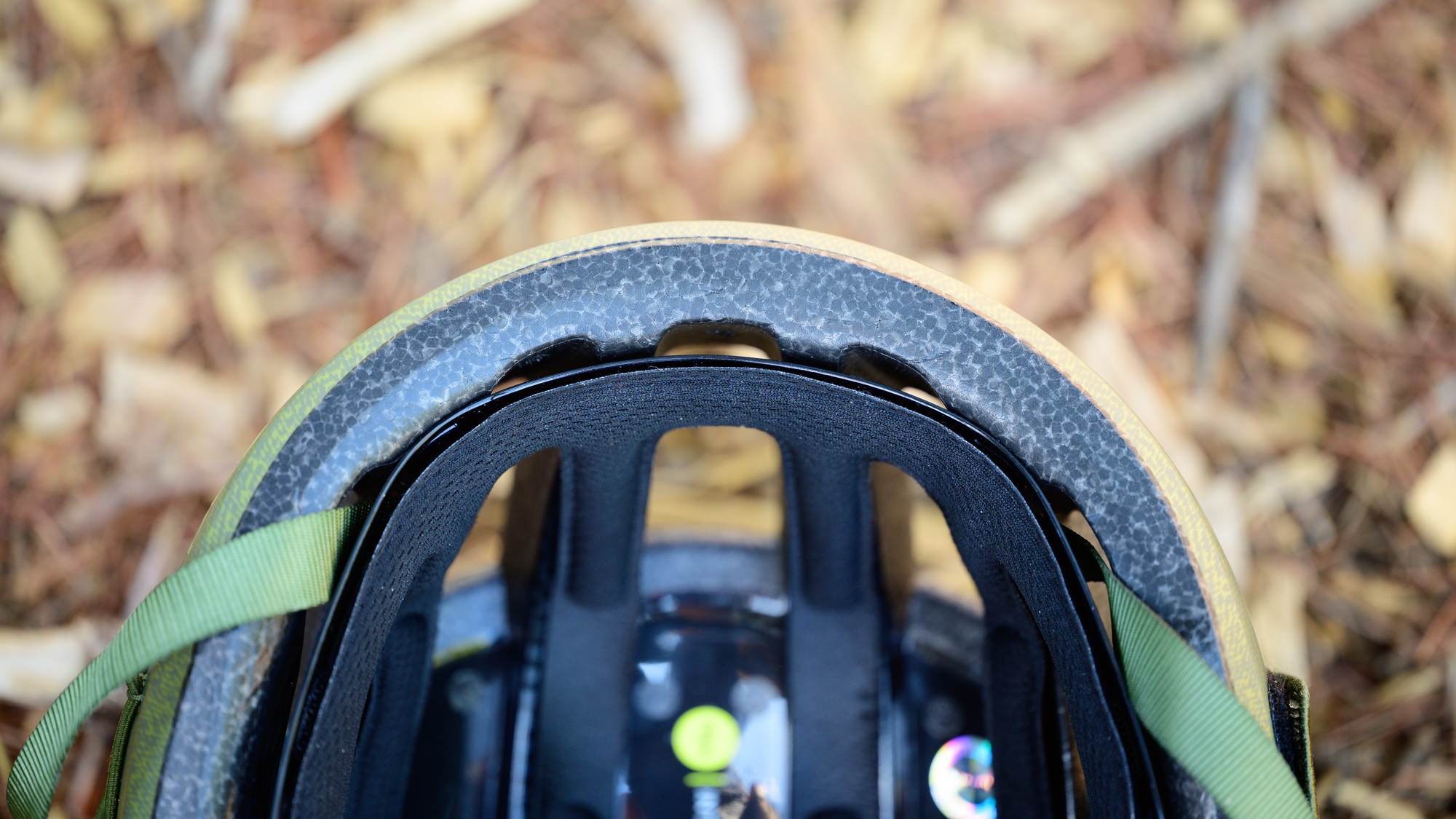
The shape is the same as the basic Omne Air MIPS but the Omne Ultra MIPS has a couple of new appendages. On the right side, there's a bungee cord with enough room for, I guess, tyre levers as shown in one of the POC marketing images. On the other side, you'll find a POC logo on a fabric patch attached to the helmet. There's no practical purpose to this and even swapping it your own patch won't be super easy.
The last extras on the POC Omne Ultra are at the rear of the helmet. The obvious one is a daisy chain with three loops attached to another section of Velcro. The centre loop has a latch so it opens while the other two are permanently stitched closed. The lower one is a bit bigger than the upper and below it, you will find a small red Recco logo.
The Recco reflector isn't something you can see. It's not powered and it will never stop working as long as it's not damaged. you don't activate anything either, there's just a diode and an antenna buried within the EPS. Should there ever be an issue and someone is searching for you, the "RECCO detector emits a directional radar signal, like the beam of a flashlight." When that beam hits the reflector it will echo back to the detector and "point the rescuer in the direction of the victim."
This system is somewhat common in gear designed for use where an avalanche is a consideration. In that situation, rescuers would walk overhead with a handheld detector hoping to find someone in the snow. Not all detectors are handheld though, in 2015 a helicopter mounted Recco detector came to market.
The Recco detector might actually be a lot more useful for gravel cyclists. Unfortunately in avalanche situations, Recco detectors are often most helpful for recovering a body. Cyclists though tend to have time that avalanche victims don't. With the ability to search 1km² within 6 minutes from a helicopter, search and rescue could potentially find you a lot faster than without. Just make sure someone knows where you are going, when you should be back, and the fact that you have a Recco reflector on your helmet.
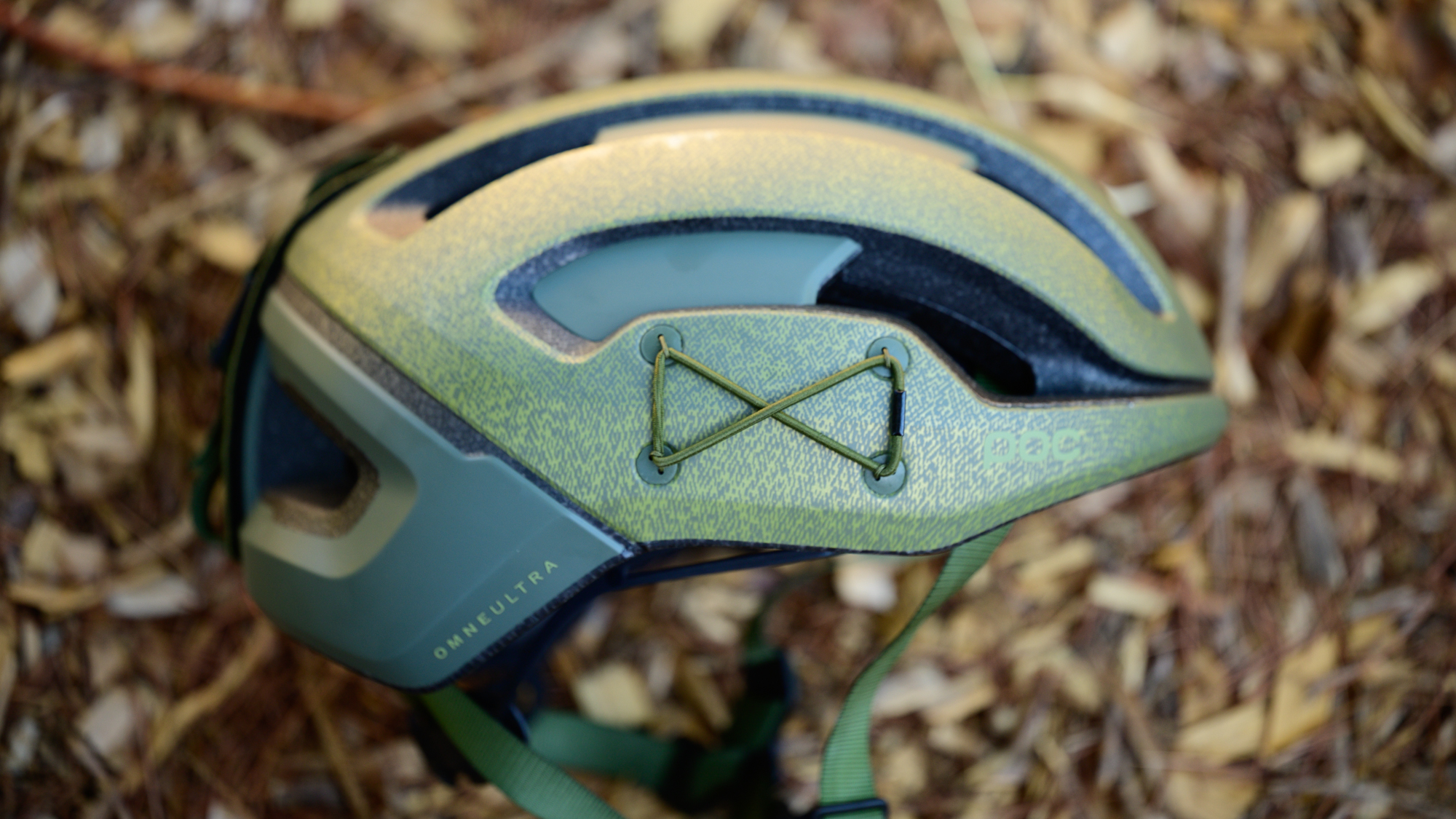
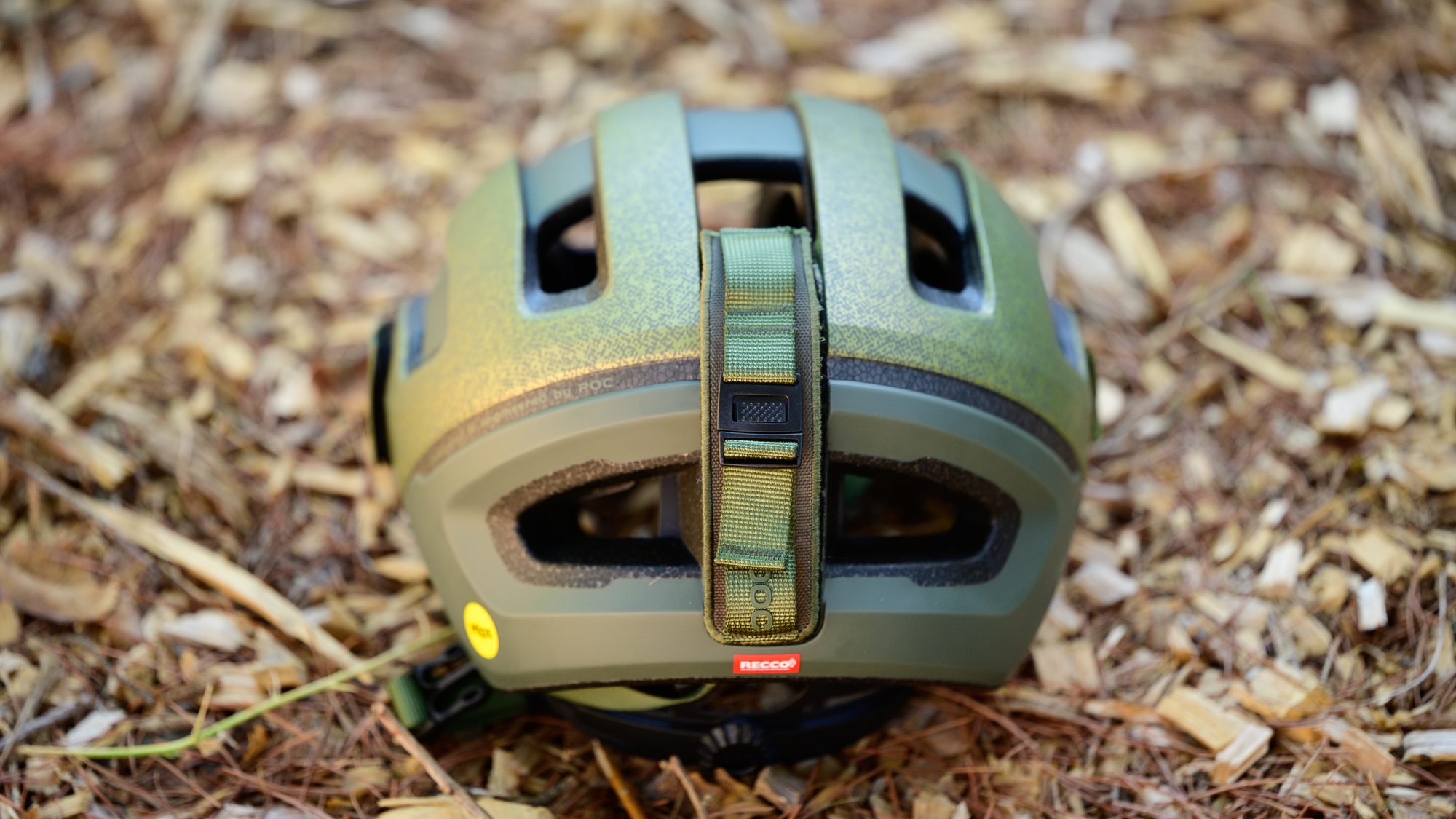
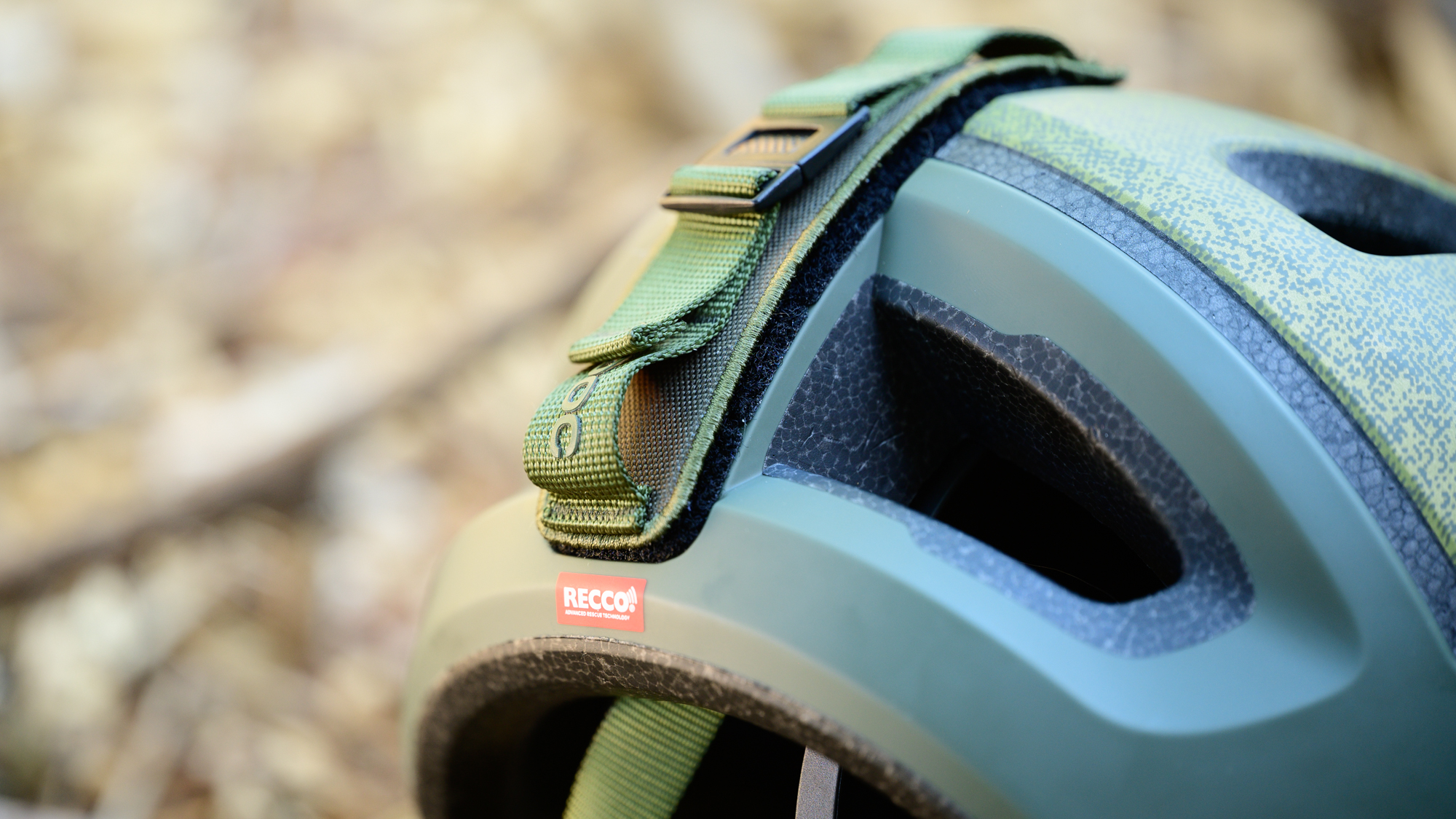
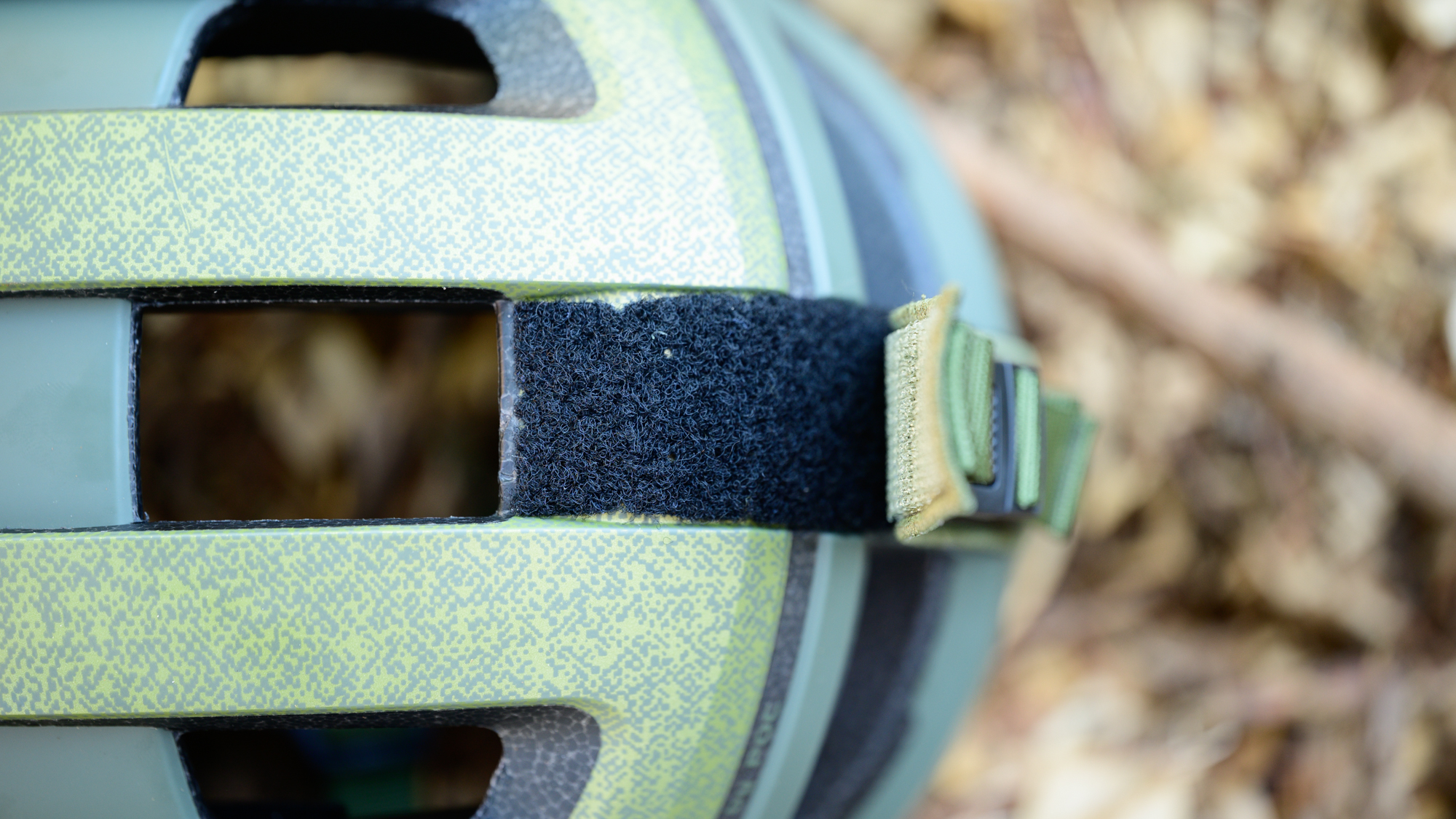
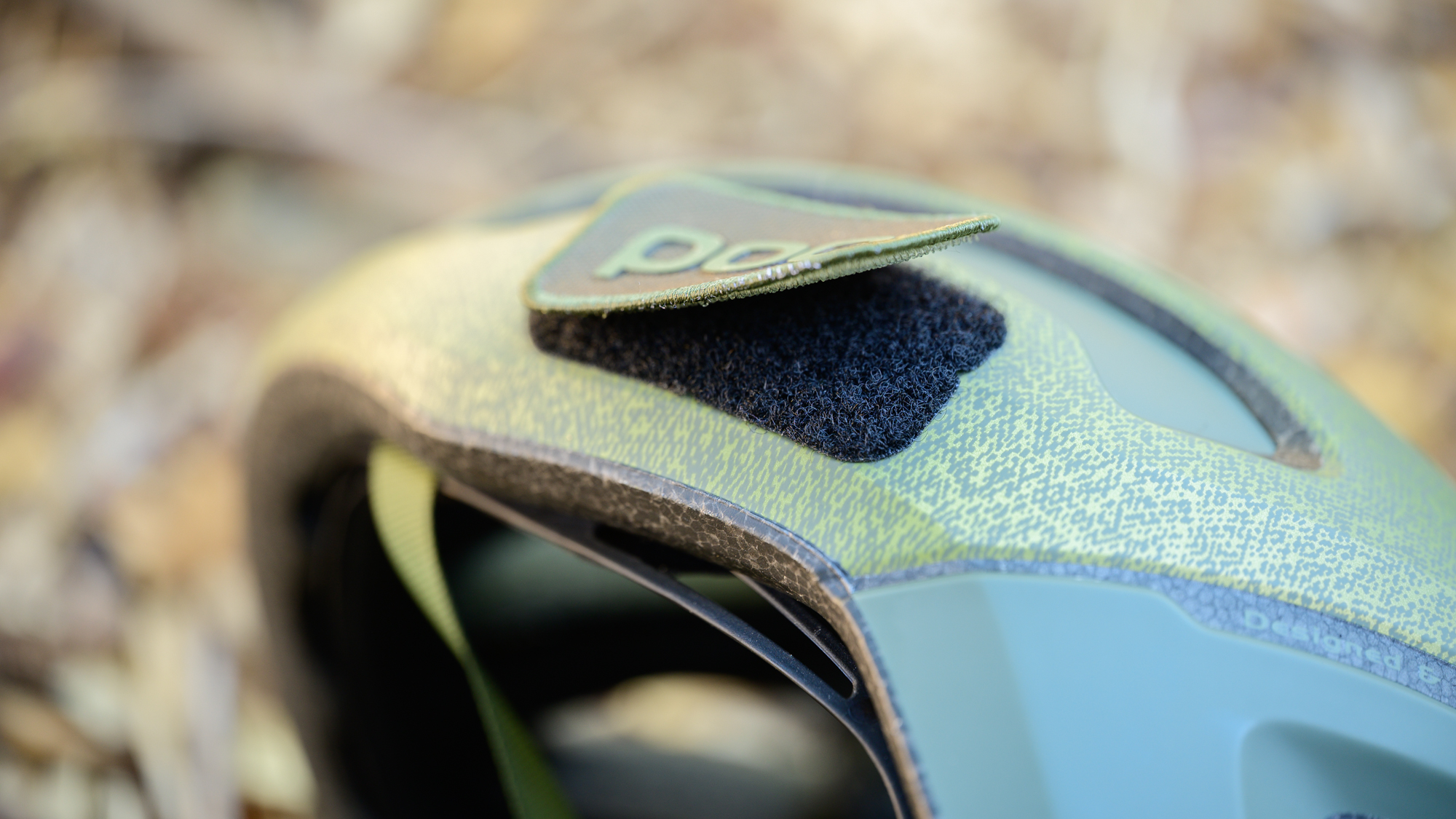
Performance
One of the things I've always liked about POC helmets is the fit. I wear a medium in most helmets and that hasn't changed with POC. The difference is that in other helmets I tend to tighten a medium all the way until the rear cradle won't adjust anymore. The fit is perfect but it's clear I'm right on the line and maybe a small would be better. With POC I've got room to spare with a medium.
I can't say I have a strong opinion about the 360-degree fit system. I like the way the rear section comes down from the helmet a bit when it tightens but the wrap around the head makes little difference to me. It works fine but so does every other system and I'm not a particular fan of one or the other.
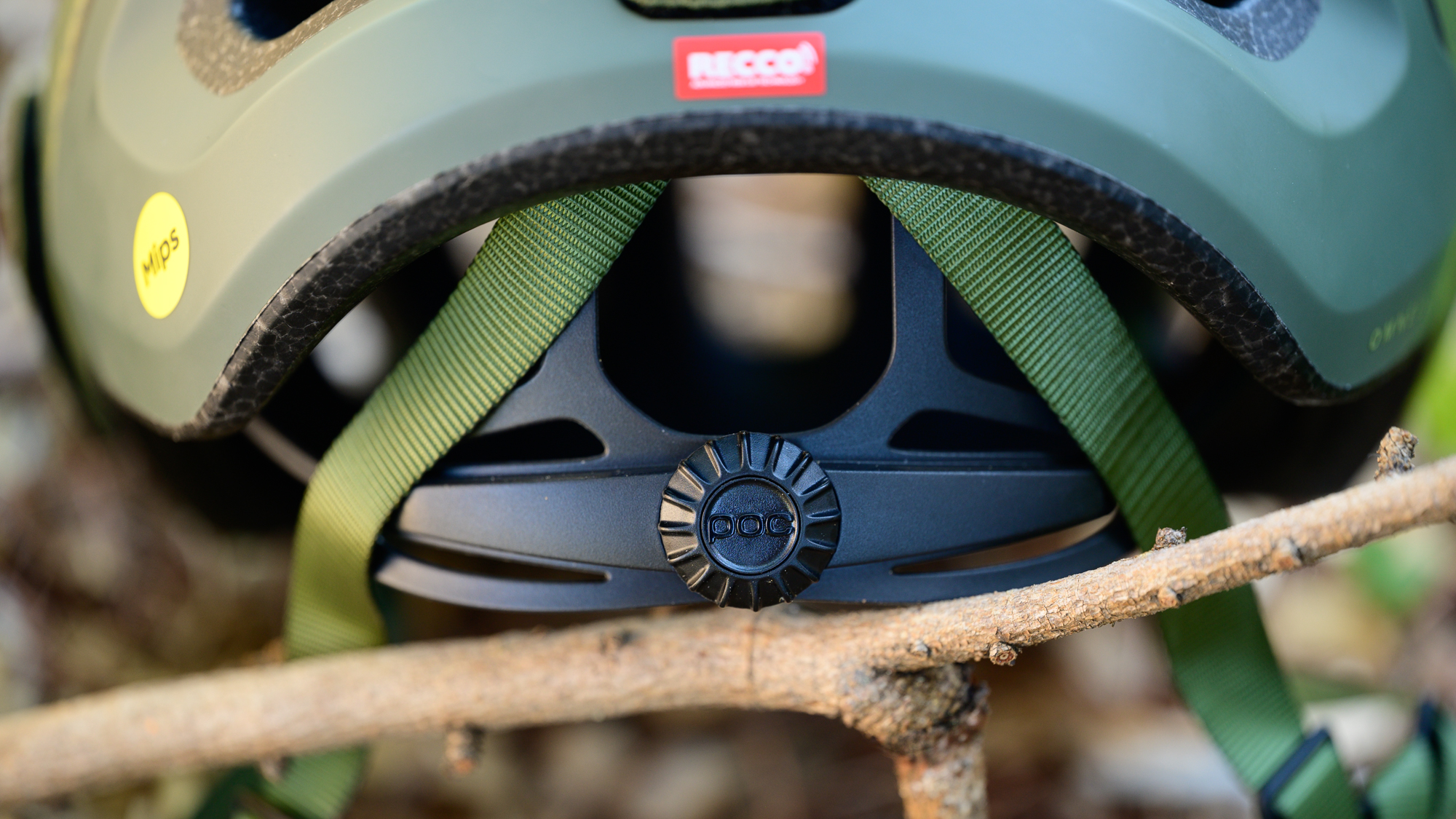
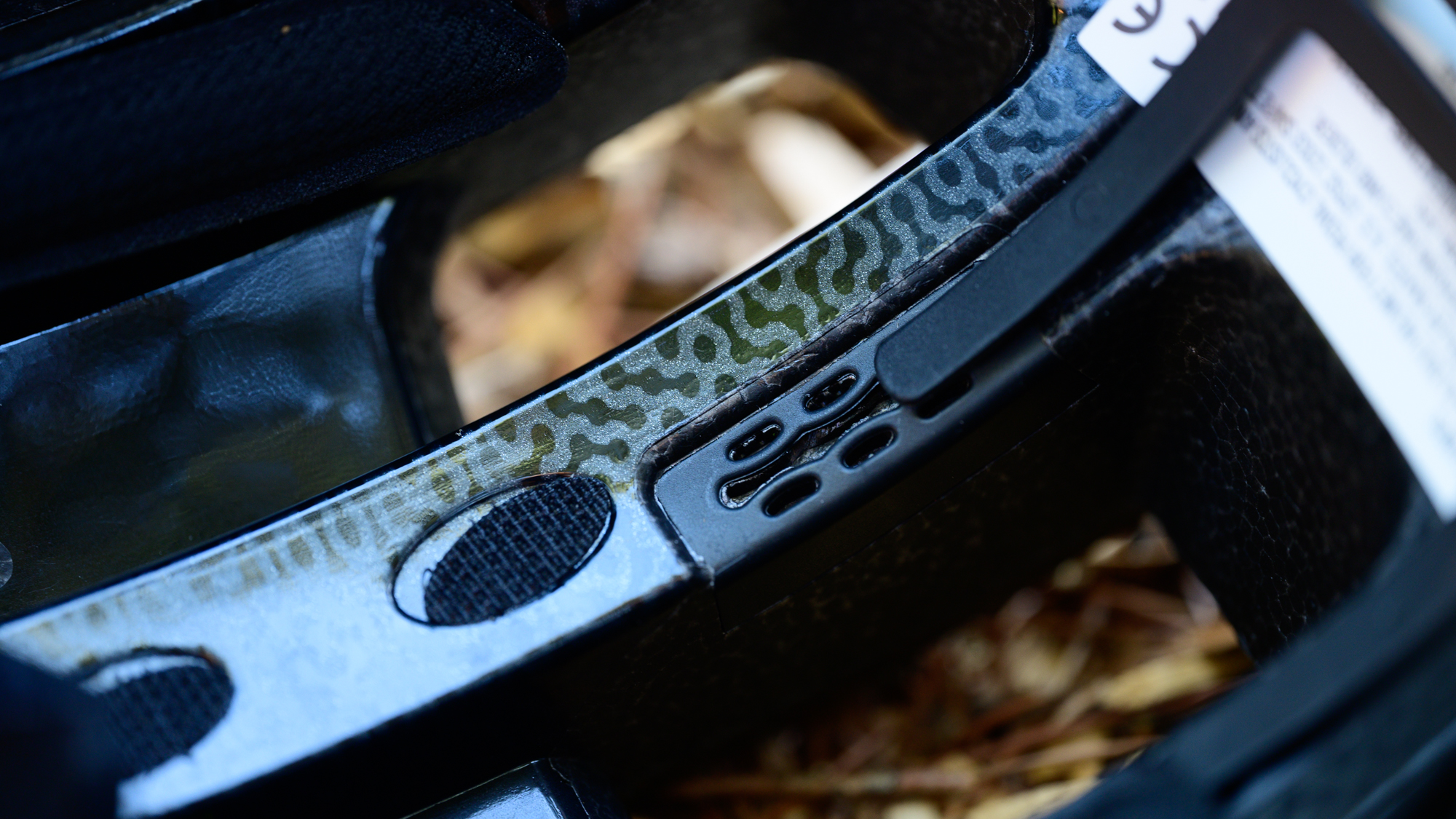
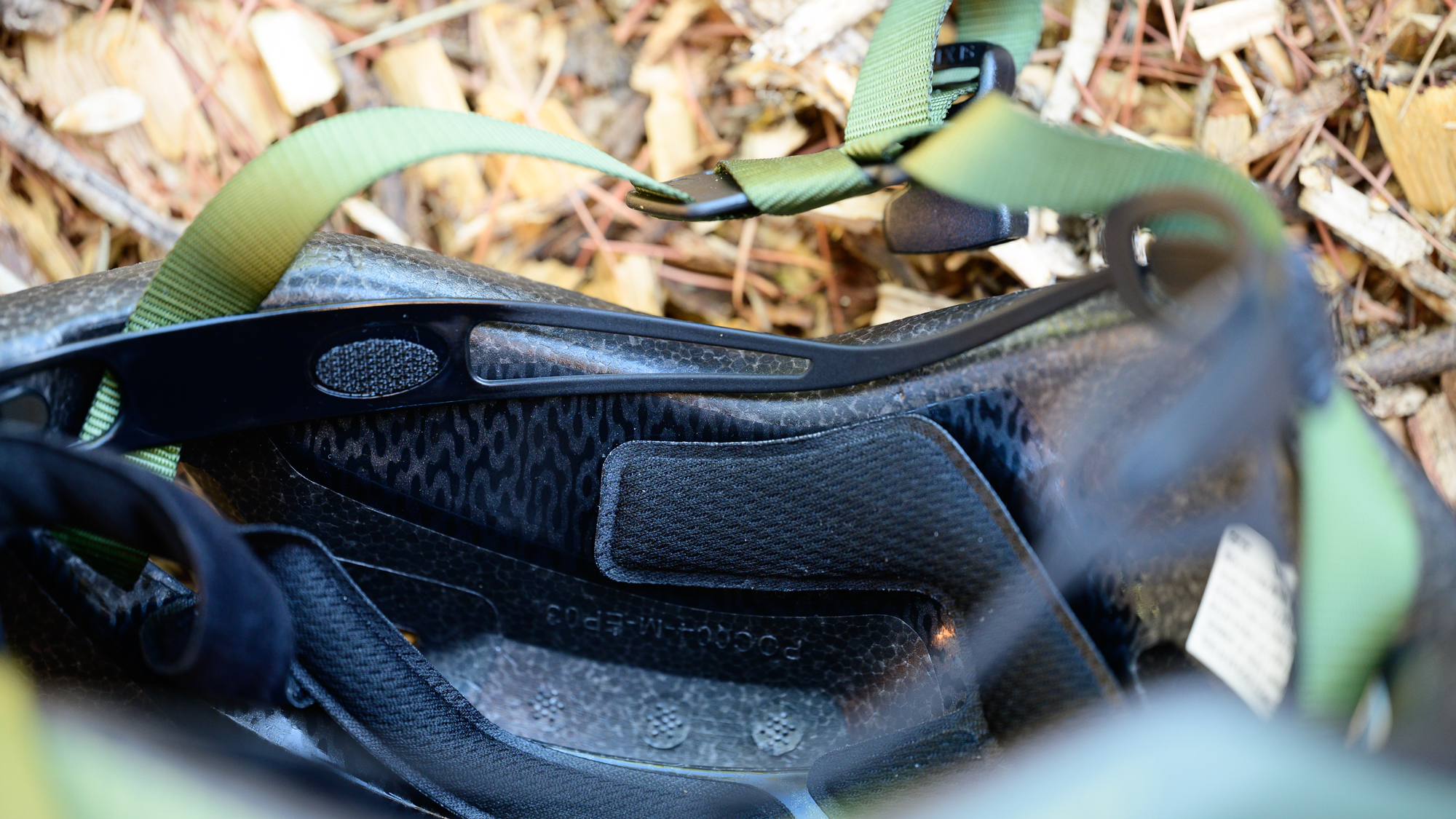
The one thing I was initially a bit worried about with this POC helmet is the weight. The POC Omne AIR MIPS is already a heavy helmet at 324 grams but adding the extra gravel style only adds 10 grams. Gravel bikes are more upright though and in that situation the weight of a helmet matters a lot less as you're not having to crane your neck upwards as much as in a racier road position. Also, some of the extra weight is because POC helmets come down lower on the head in the rear. Given that the extra protection might end up protecting the back of your head from a rock, that seems like a reason to compromise.
Whatever the reason for the weight might be, it's not because of a lack of venting. POC helmets are almost always quite open and this one is no different. It is not an aero helmet, kind of the opposite really, so there's no Venturi effect pulling air through the helmet, nor any other detailed modelling of airflow through the helmet for that matter. There are just five big openings in the front that air goes in and five exhaust ports towards the rear. It works well enough and it's not loud like some vented helmets can be.
The front vents are also good for storing glasses. They technically miss POC's 'Eye Garage' feature, but this is just a small bit of extra high friction material. Not having it feels cheap, but it is ultimately unnecessary. as there's plenty of room to store them and the dozens of options from various brands I've tried all stay put fine.
I've never done anything with any of the velcro or straps on the POC Omne Ultra MIPS. I don't put lights on the rear of the helmet though I can see the design could be useful for that. I also don't leave my helmet attached to my bike but the strap might be useful for that as well. I like this helmet because it's a comfy, cool, helmet that's fashionable. The added features may be a gimmick to some, but I can see instances where they'll genuinely be useful.
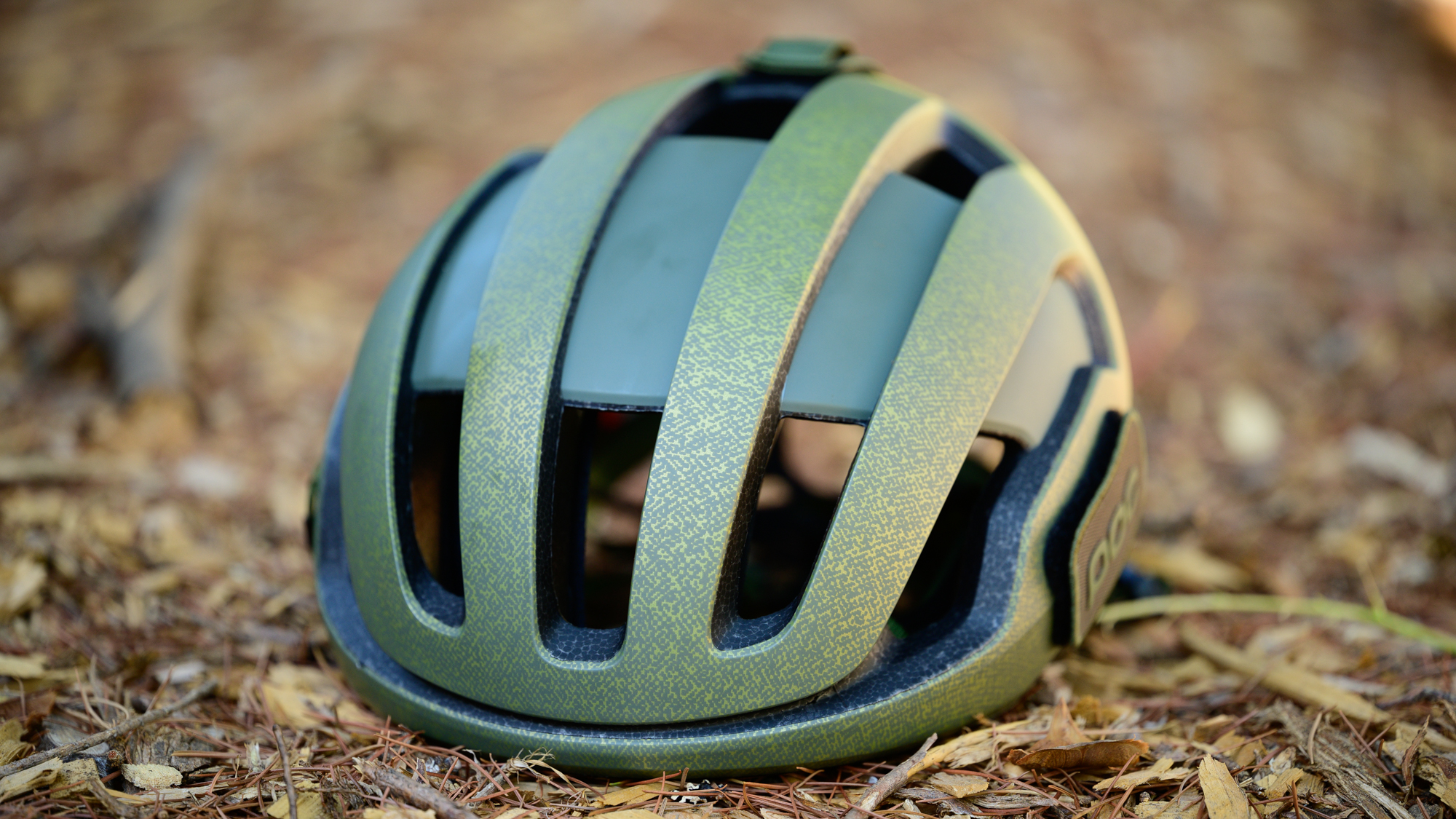
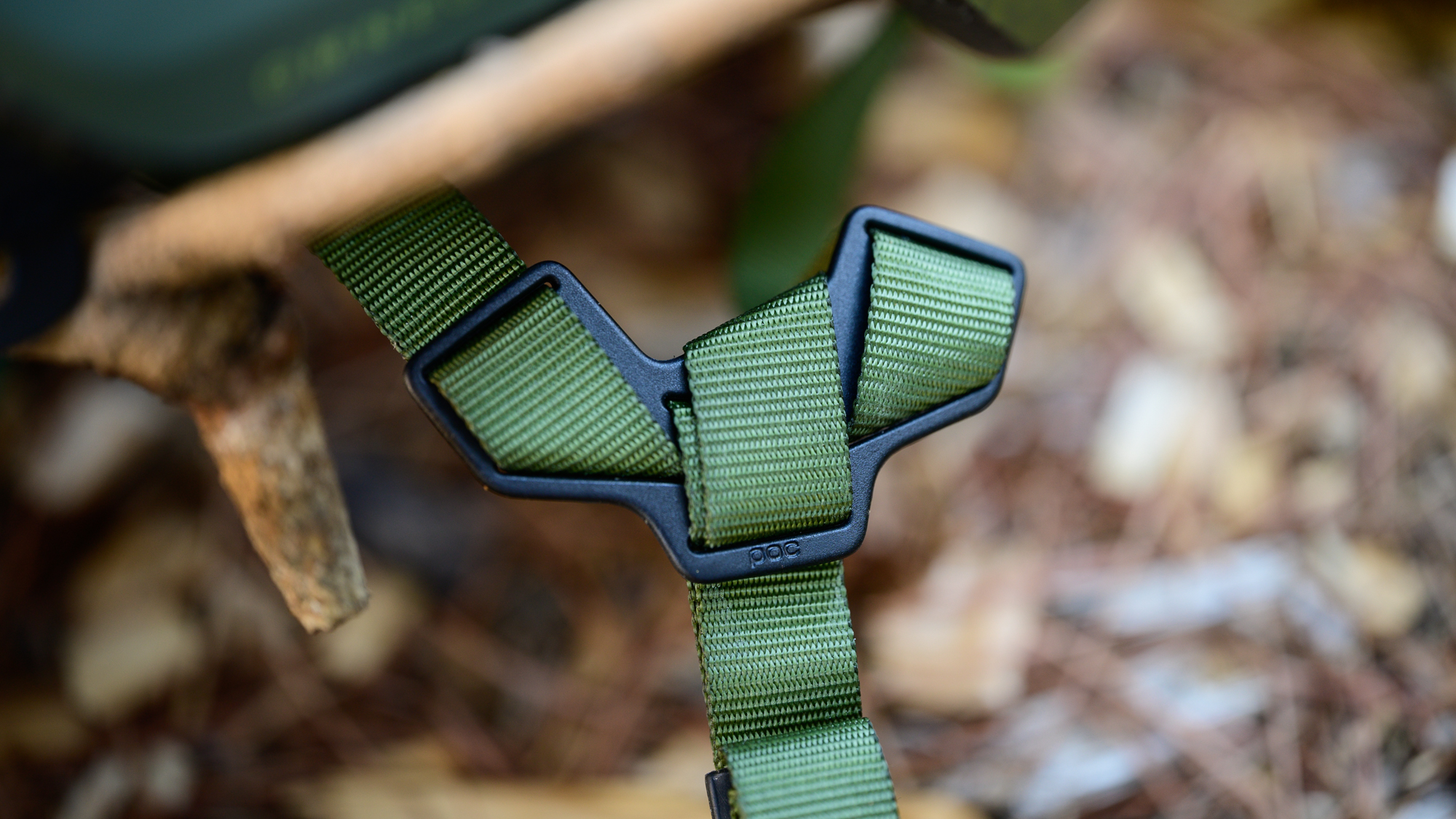
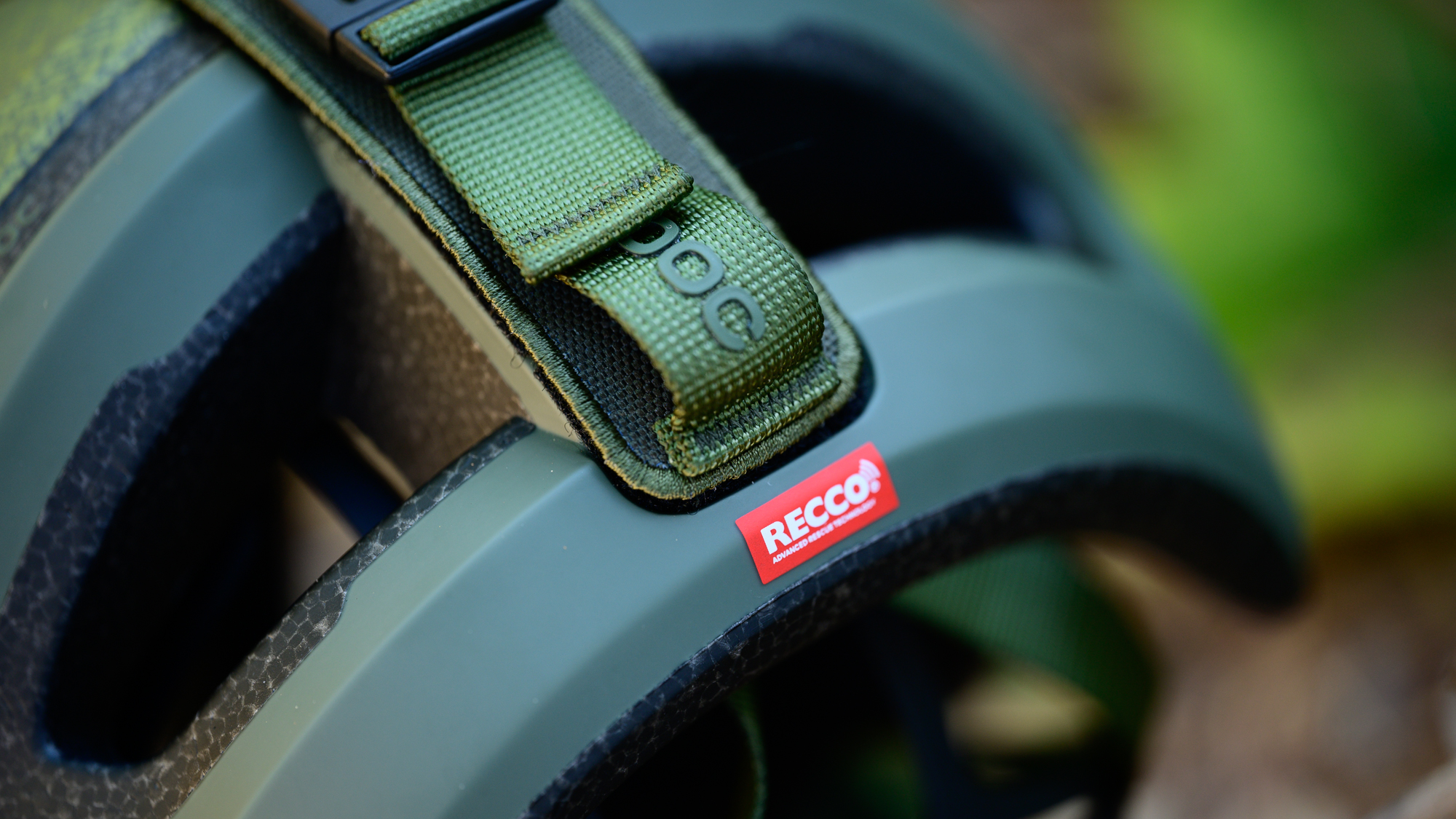
Verdict
In this review I have leaned into the idea of fashion quite a lot, but it's important to remember that it really doesn't matter, there is no fashion police and you can wear anything you want to wear. The only thing I'd suggest is that it makes you feel comfortable and that it fits.
With that said, the fashion talk is included because it's fun. Lots of people enjoy matching socks and helmets and I find it fun to match the kind of gear I'm riding with to the type of riding I'm doing. If you don't agree, that's fine.
If you do agree though, POC took an already good helmet and added a bit of 'flair.' The POC Omni Air sits at a mid-range price point and the upcharge for the flair on the Omni Ultra MIPS is a very reasonable £30 / $30 / €30, although in many stores you can already find them for the same price.
You don't lose out on anything with the POC Omne Ultra MIPS. The weight penalty is an additional 10 grams but you do get the Recco reflector in exchange. Otherwise, there's the same longer coverage in the rear as other POC helmets and the same large vents are the Omni Air. There's also the same fit and 360-degree tightening system. There's very little to take umbrage with.
The one thing I do wish this helmet had was a Virginia Tech score. This doesn't mean anything on its own, but helmets that have a test score from the independent testing facility allow consumers to compare their level of protection in an unbiased way. It's a nice added feature even when it just confirms what we already know.
With that said, the MIPS integration is a welcome safety inclusion and POC meets or exceeds every required industry test.
| Design and aesthetics | The main point of this helmet is the style. It may or may not align with your sensibilities but that’s how fashion is. There’s no denying the fashion element. | 10/10 |
| Comfort | Comfortable pads and I love the fit. If it was lighter I’d give it a perfect score. | 9/10 |
| Ventilation | The vents are large but aero helmets have gotten so good that open vents without the same kind of modelling actually fall behind a bit. | 8/10 |
| Safety | MIPS is a good sign but a lack of Virginia Tech testing always casts a shadow that is difficult to get past. | 6/10 |
| Value | There are cheaper helmets on the market and there are some that are even better value but this is a premium helmet at a less than premium price. You'll have to decide if the gravel style and add-ons are worth the extra spend, though. | 8/10 |
| Overall | Row 5 - Cell 1 | 82% |
Josh hails from the Pacific Northwest of the United States but would prefer riding through the desert than the rain. He will happily talk for hours about the minutiae of cycling tech but also has an understanding that most people just want things to work. He is a road cyclist at heart and doesn't care much if those roads are paved, dirt, or digital. Although he rarely races, if you ask him to ride from sunrise to sunset the answer will be yes. Height: 5'9" Weight: 140 lb. Rides: Salsa Warbird, Cannondale CAAD9, Enve Melee, Look 795 Blade RS, Priority Continuum Onyx
